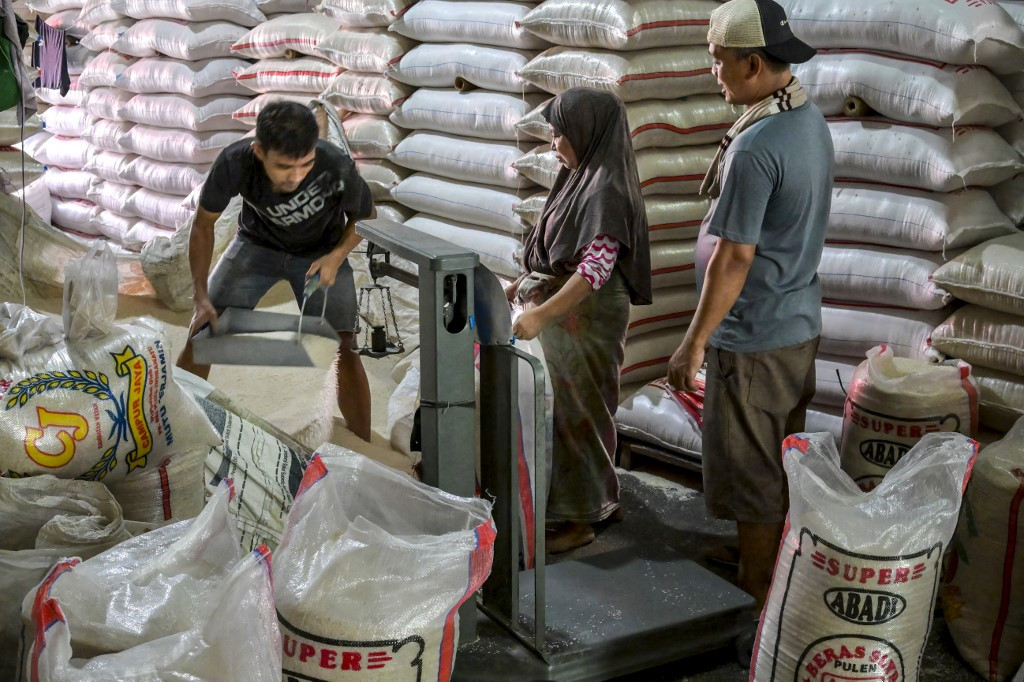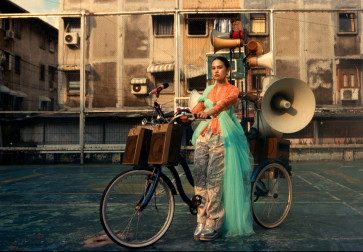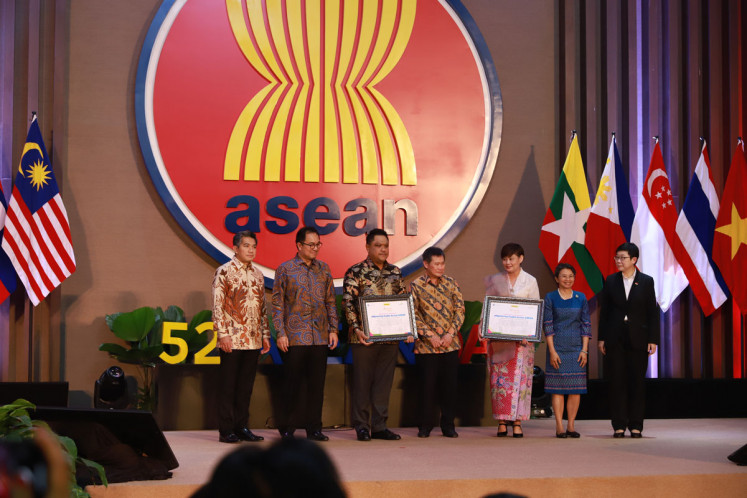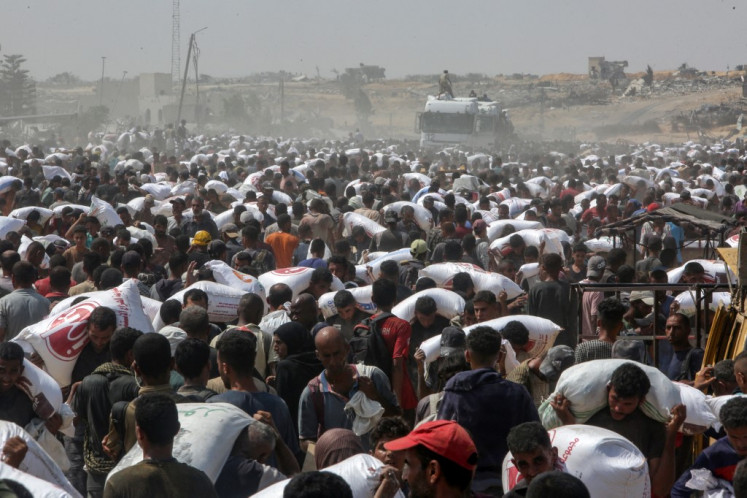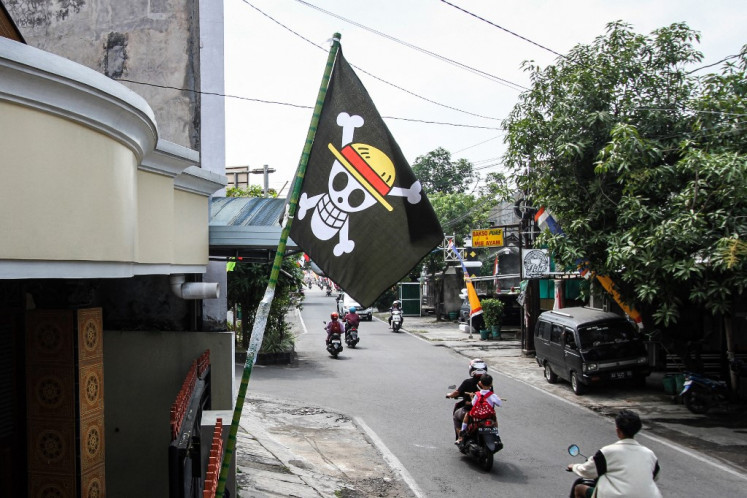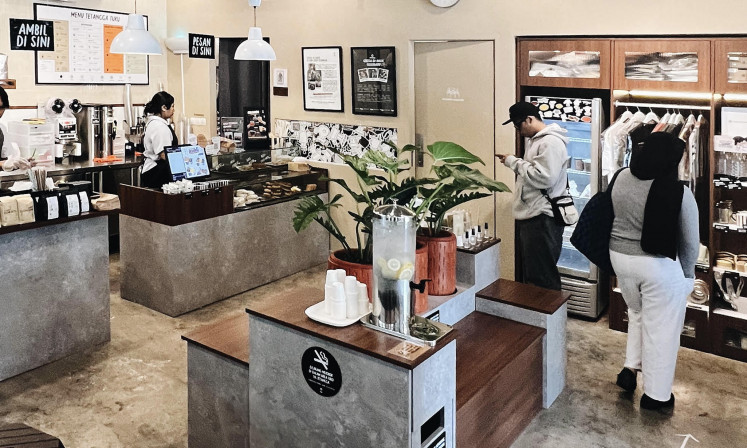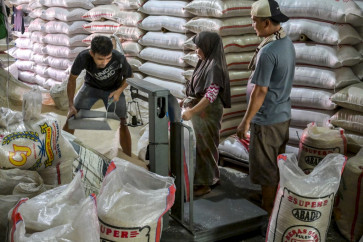Popular Reads
Top Results
Can't find what you're looking for?
View all search resultsPopular Reads
Top Results
Can't find what you're looking for?
View all search resultsEconomy grows 5.12 percent but who really feels it?
What does a multi-billion-dollar trade surplus mean if rural families still have to choose between paying the electricity bill and buying a side dish?
Change text size
Gift Premium Articles
to Anyone
U
nder the scorching July sky, Jakarta’s skyscrapers stand like towering symbols of economic growth. The latest data from Statistics Indonesia (BPS) confirms it: Indonesia’s gross domestic product (GDP) grew 5.12 percent year-on-year (yoy) in the second quarter of 2025.
From TV screens to social media feeds, the growth charts flash like a national celebration. Ministers smile, investors nod in approval and business headlines repeat a single word: Rebound. But let’s ask an honest question, whose growth is this, really?
The government has reasons to be proud. A generous fiscal stimulus accelerated infrastructure projects, and relaxed tax policies have finally paid off. Productive sectors in the GDP have shown resilience. Household consumption, the backbone of the economy, expanded by 4.97 percent. This figure is remarkable, because household spending in Indonesia is not about buying a new TV or concert tickets. More often, it’s about groceries, transportation costs and school fees.
Investment, measured as Gross Fixed Capital Formation, even jumped 6.99 percent, the highest since 2021. In simple terms, businesses are feeling bold. They are buying machinery, building factories and expanding warehouses. This confidence is a direct response to two things: Strong fiscal stimulus and accommodative monetary policies that kept interest rates competitive.
On the external side, non-oil and gas exports once again became the savior. From palm oil and metals to electronics, exports surged by around 11 percent in June 2025. The trade balance in the first half of the year recorded a stunning surplus of US$19.48 billion. This is not just a number in BPS tables, it reflects the world’s continued willingness to buy our goods amid a fragile global economy.
If this were a Hollywood film, Q2 would be the “hero rises from defeat” scene. The sluggish first quarter served as a gloomy opening, and now the economy seems to be smiling again. The government has every reason to feel it has orchestrated its fiscal and monetary instruments to weather the global storm. But there is a chapter that often escapes the euphoria of growth: The quality of that growth.
What does 5.12 percent growth mean if, in the alleys of the city, children still stare at a cart of nasi uduk as their only breakfast? What does a multi-billion-dollar trade surplus mean if rural families still have to choose between paying the electricity bill and buying a side dish? This is where the discussion on poverty becomes unavoidable.

